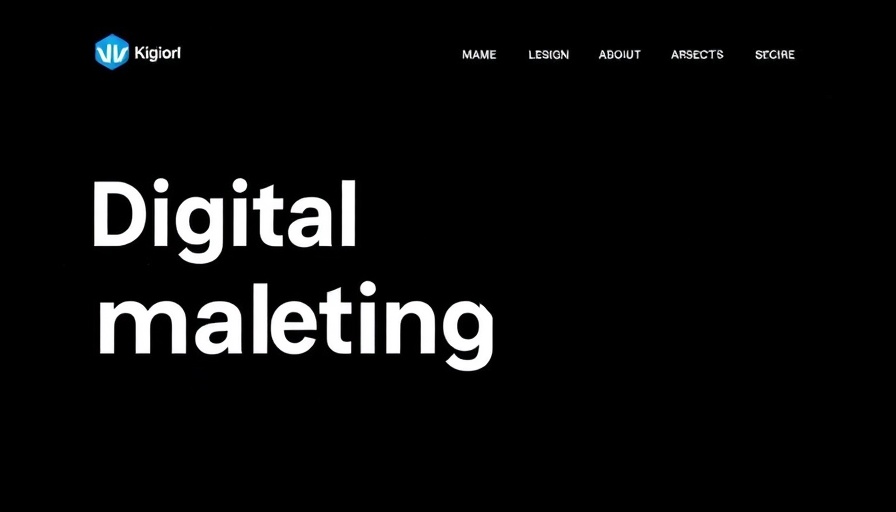
Why Small Business Saturday Matters: A Boost for Local Economies
Small Business Saturday, celebrated annually on the Saturday after Thanksgiving, has become a significant event in the retail calendar. Launched by American Express in 2010, it aims to encourage consumers to shop local and support small businesses that play a vital role in our communities.
According to recent statistics, small businesses represent 99% of all businesses in the U.S., contributing around 40% of the nation’s GDP. This day serves as a powerful reminder to people about the importance of keeping the bedrock of our economy alive by supporting small entrepreneurs, artisans, and local retailers.
Shoppers Prefer Small
Surveys reveal that a growing number of consumers recognize the value of shopping small. A YouGov survey indicated that 61% of shoppers planned to participate in Small Business Saturday this year, exceeding participation rates for Black Friday. Many are drawn to the unique products offered by local shops—56% of respondents cited it as the primary reason for their preference.
Not only do customers appreciate the distinctiveness of small businesses, but they also find superior customer service. Building personal relationships tends to lead to enhanced customer loyalty, with 72% of shoppers expressing intentions to shop small throughout the holiday season.
The Bigger Picture: Economic Impact
Every dollar spent at a local business significantly supports the local economy. An American Express study revealed that approximately $0.68 of every dollar stays in the community when spent at a small business, compared to only $0.30 to $0.40 spent at national chains. This “multiplier effect” illustrates that supporting local businesses goes beyond a simple transaction—it fosters community and economic growth.
Moreover, small businesses often contribute to their local communities in profound ways. They sponsor events, donate to local charities, and work to improve their neighborhoods. It’s a much-needed call to action as many consumers are encouraged more than ever to shop small, particularly during the holiday season.
Strategies for Small Business Growth
In light of current economic challenges, small businesses need innovative marketing strategies to ensure profitability and customer retention. As competition from e-commerce giants like Amazon intensifies, local owners must adapt through effective digital marketing techniques such as content marketing and social media advertising.
With the increasing reliance on online shopping, small businesses are encouraged to enhance their online presence. This includes optimizing their websites for SEO and leveraging email marketing to maintain relations with existing customers while attracting new ones.
Consumer Responsibility: A Call to Action
With many small businesses facing insurmountable challenges, consumers have a pivotal role in ensuring their survival. Choosing to shop local this holiday season can provide the necessary support for these businesses to thrive. Every purchase made at a small retailer contributes to job security and economic stability within communities.
Moreover, individuals can amplify their impact by sharing their shopping experiences on social media and utilizing hashtags like #ShopSmall. This not only celebrates local businesses but also encourages others to engage with their community's local economy.
Beyond Retail: Building Community
Supporting small businesses goes beyond mere shopping; it’s about fostering community spirit. Consumers who engage with small businesses often find a deeper connection with their local area. They become aware of the craftsmanship, unique offerings, and personalized service that local businesses provide, which cannot be replicated by larger chains.
Ultimately, the resurgence of small business support heralds a shift towards localized consumerism, where individuals are more conscious of their purchasing power and its implications on the economy.
Conclusion: The Importance of Small Business Support
As we approach Small Business Saturday and the holiday season, let’s remember the impact our choices have on our communities. Supporting small businesses ensures our neighborhoods remain vibrant and diverse, ensuring the continued prosperity of entrepreneurs who contribute substantially to our economy.
Shop small not just on one day, but all year round. Your commitment makes a difference in the lives of those who work tirelessly to maintain the essence of our communities.
 Add Row
Add Row  Add
Add 




Write A Comment